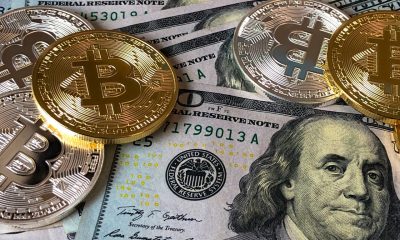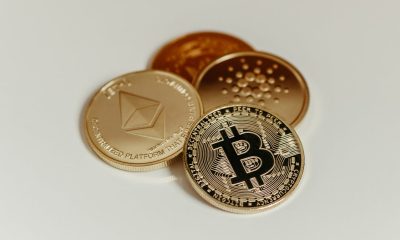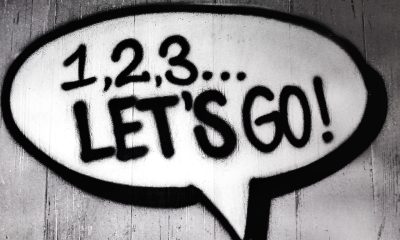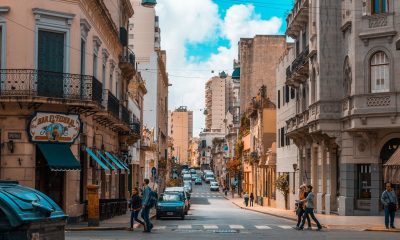Crypto
Cardano Fork Crisis Exposes Critical Vulnerability and Shakes Trust
Cardano suffered its most serious failure when a long-standing vulnerability triggered an accidental fork, creating both “healthy” and “poisoned” blockchain versions for nearly ten hours. A node operator’s test caused the split, prompting halted ADA withdrawals, a price drop, and FBI involvement. Though resolved, the incident damaged trust and exposed critical weaknesses in Cardano’s infrastructure.

For several hours, the Cardano blockchain essentially existed in duplicate. Alongside the “healthy” version, there was a “poisoned” network serving as the basis for ADA. The serious Cardano incident from Friday is now being investigated.
On Friday, November 21st, Cardano suffered its most serious technological setback. At midday, the Cardano organization Intersect announced via X that the mainnet was experiencing “technical problems.” In fact, the ADA blockchain was running in two versions at that point, only one of which was legitimate—the original.
It took approximately ten hours before Intersect could announce via X that the situation was under control. What happened, and what are the consequences of this incident, which narrowly avoided disaster for Cardano?
Cardano user takes responsibility for blockchain fork
X-user Homer J claimed responsibility for the Cardano shock. He stated that he had intended to conduct a test and then realized it immediately impacted the ADA blockchain. Intersect explains in a more detailed report that a “targeted anomaly” split the network in two: a “poisoned” and a “healthy” version.
Homer J operates an ADA network point and apparently executed a transaction from there that addressed a security vulnerability that had existed since 2022. As a result, Cardano network points automatically chose a version of the blockchain based on the software used, with Intersect reporting that the majority opted for the “poisoned” version.
FBI alerted by Cardano founder Hoskinson regarding blockchain attack
Cryptocurrency exchanges subsequently paused ADA deposits and withdrawals, and the price plummeted by ten percent. Cardano founder Charles Hoskinson wrote on X that the FBI had been notified. He suggested that so-called “double transactions” may have occurred, disrupting DeFi on Cardano. Hoskinson concluded that it would take weeks to clean up the “mess” and even longer to repair the damage to Cardano’s brand and reputation. Homer J, for his part, insisted that his actions were not motivated by financial gain and apologized repeatedly.
It remains unclear to what extent the surprising and unintentional fork of the Cardano blockchain had direct financial consequences for users. Within the crypto community , there is disagreement with Hoskinson’s decision to involve law enforcement. After all, Homer J. revealed a serious security issue, and Cardano should respond more decisively, according to various posts on X.
Conclusion: Loss of trust in Cardano Blockchain and ADA
Cardano has always prided itself on the fact that its blockchain has operated without interruption or other incidents since its launch in 2017. That reputation is now shattered, even though the “double” blockchain apparently didn’t cause a direct financial disaster. The ADA network points rolled out updates, and the situation now seems to be technologically resolved.
But experts are also clear: if the targeted attack had been carried out by criminals, the financial damage would now be under discussion. Cardano appears to have escaped relatively unscathed, but its image has been damaged. Nearly $15 billion in market capitalization stands behind ADA, securing Cardano a place among the top ten cryptocurrencies – but its technological foundation has revealed a critical vulnerability.
__
(Featured image by Sajad Nori via Unsplash)
DISCLAIMER: This article was written by a third party contributor and does not reflect the opinion of Born2Invest, its management, staff or its associates. Please review our disclaimer for more information.
This article may include forward-looking statements. These forward-looking statements generally are identified by the words “believe,” “project,” “estimate,” “become,” “plan,” “will,” and similar expressions. These forward-looking statements involve known and unknown risks as well as uncertainties, including those discussed in the following cautionary statements and elsewhere in this article and on this site. Although the Company may believe that its expectations are based on reasonable assumptions, the actual results that the Company may achieve may differ materially from any forward-looking statements, which reflect the opinions of the management of the Company only as of the date hereof. Additionally, please make sure to read these important disclosures.
First published in BLCOK-BUILDERS.DE. A third-party contributor translated and adapted the article from the original. In case of discrepancy, the original will prevail.
Although we made reasonable efforts to provide accurate translations, some parts may be incorrect. Born2Invest assumes no responsibility for errors, omissions or ambiguities in the translations provided on this website. Any person or entity relying on translated content does so at their own risk. Born2Invest is not responsible for losses caused by such reliance on the accuracy or reliability of translated information. If you wish to report an error or inaccuracy in the translation, we encourage you to contact us.

-
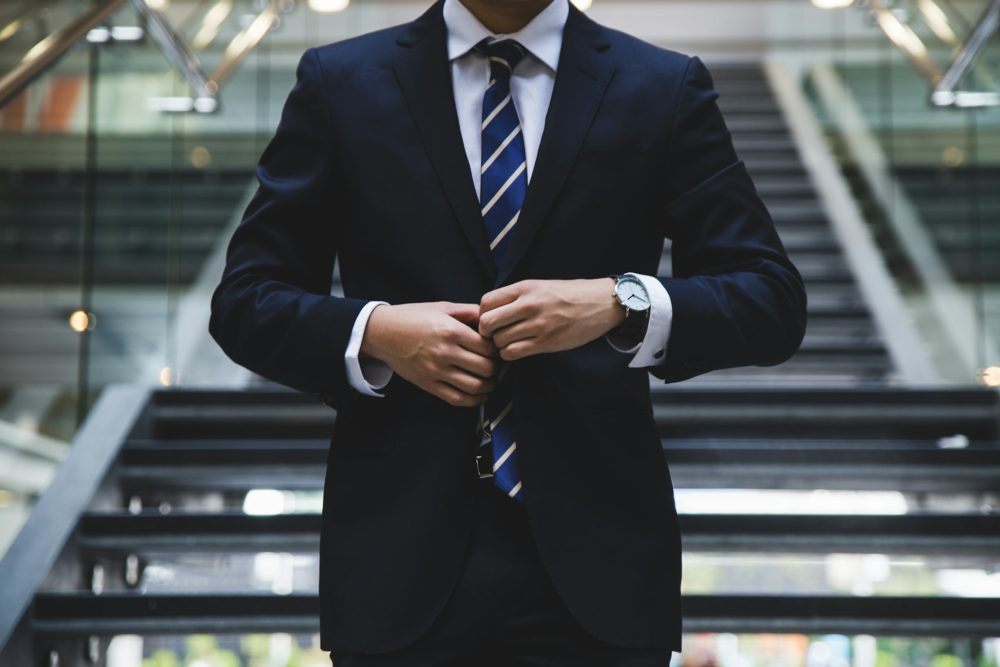
 Africa5 days ago
Africa5 days agoForeign Investor Activity in Morocco’s Equity Market in 2024
-
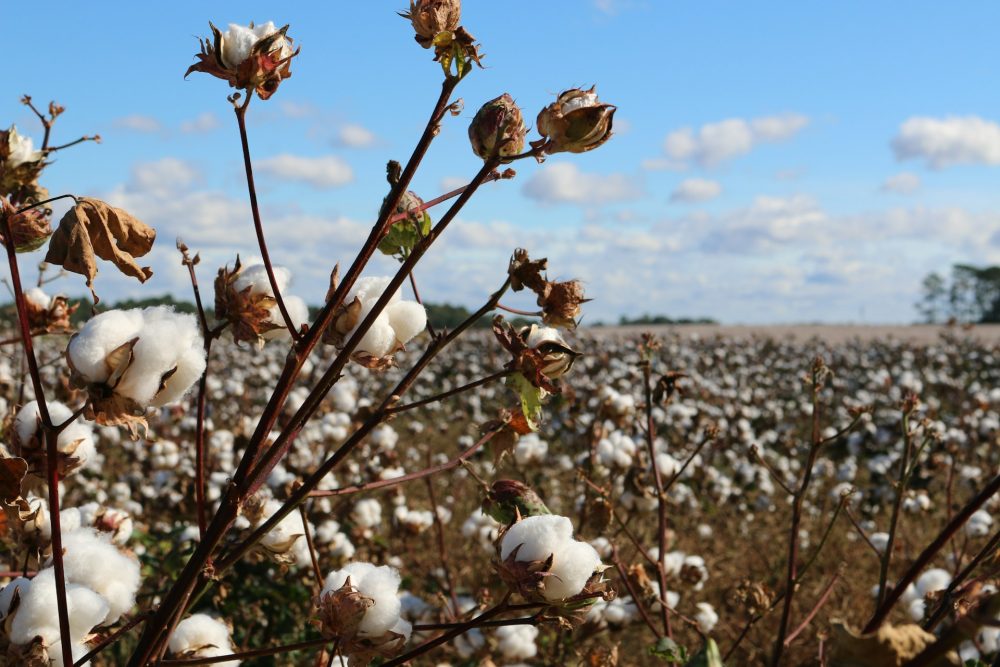
 Markets2 weeks ago
Markets2 weeks agoCotton Prices Firm as Demand Lags and Global Production Outlook Improves
-
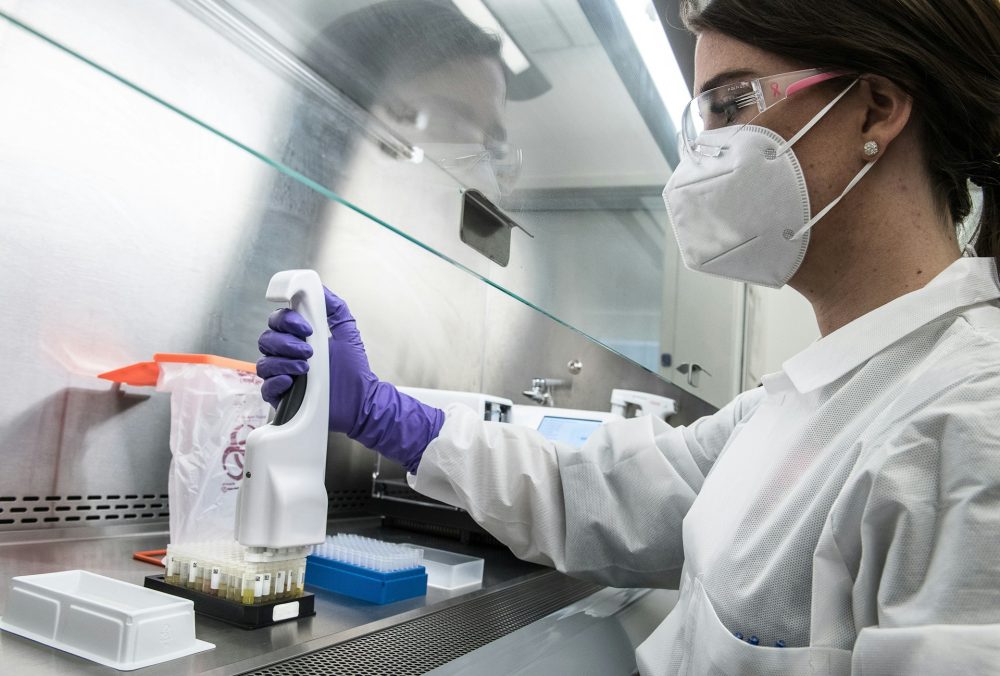
 Biotech3 days ago
Biotech3 days agoJohnson & Johnson’s Tecvayli Combo Shows Breakthrough Results in Multiple Myeloma
-

 Impact Investing1 week ago
Impact Investing1 week agoEU Drops 2029 Gas Boilers Ban but Ends Incentives from 2025 in Shift Toward Cleaner Heating


